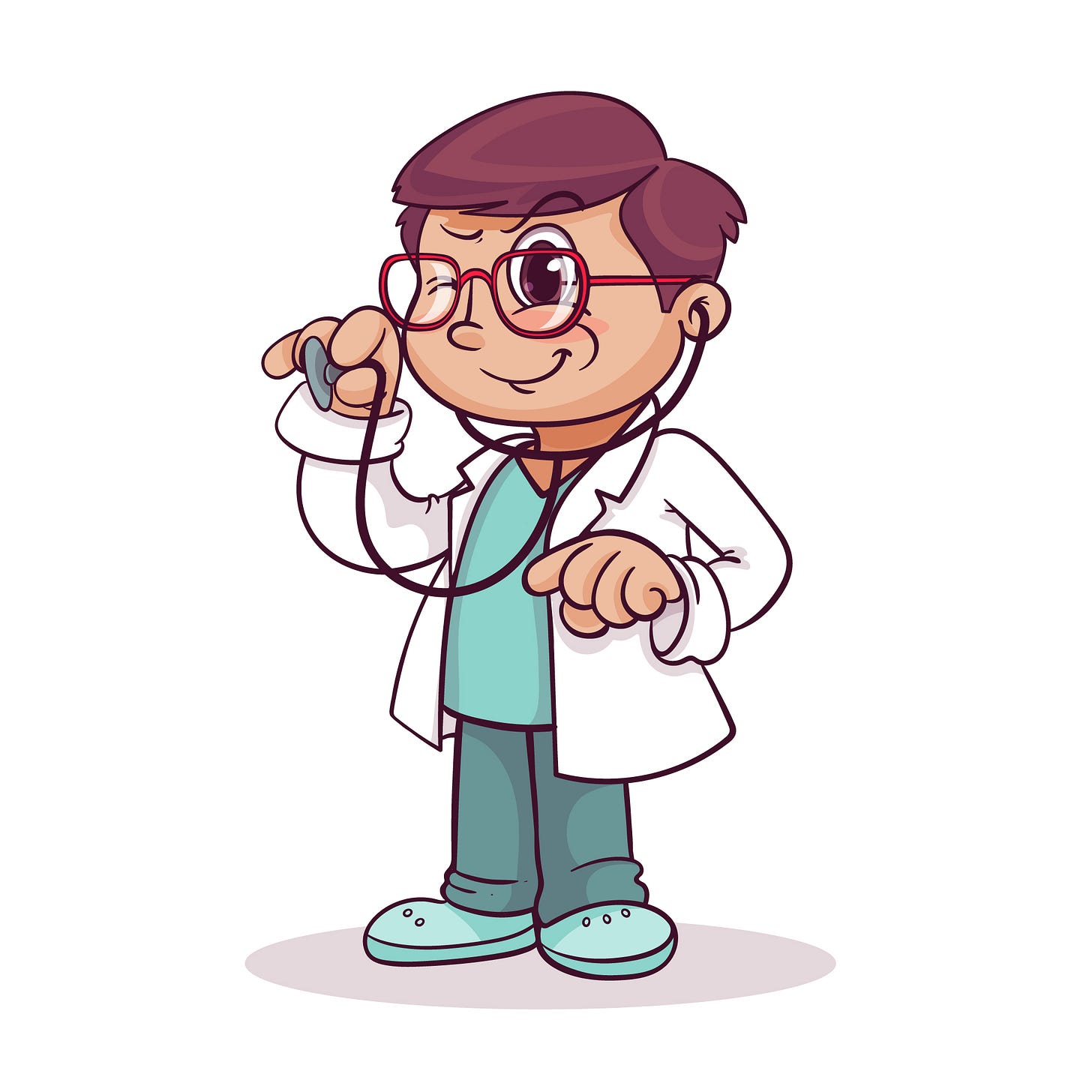How to talk about being sick or other physical symptoms
El verbo más usado para explicarle un síntoma a un doctor o a un amigo es el verbo “Doler”
The verb that is used most when explaining a symptom to a doctor or a friend is the verb "Doler."
Es muy importante que sepas cómo explicarle a un doctor qué sentimos si nos sentimos mal. El verbo “Doler” se usa en la misma manera que el verbo “Gustar”, con Objeto Indirecto. Doler en Tiempo Presente es un verbo irregular donde la “o” cambia por “ue” (excepto en “vos” y “nosotros”).
It is very important to know how to explain to a doctor what we feel if we are feeling bad. The verb Doler (To hurt, ache, have pain, etc.), and it is used in the same way as the verb Gustar with an Indirect Object. Doler is an irregular verb in that the o changes to ue in the present tense.
Me
Te
Le Duele/n
Nos
Les
“Me duele la cabeza”. (My head hurts.)
“Me duelen las piernas”. (My legs hurt.)
Usamos el verbo en tercera persona del singular o plural dependiendo de qué me duele.
We use the verb in the third person singular or plural depending on what hurts me.
Let’s take a look at some vocabulary related to the body:
La Cabeza (head)
La/s oreja/s (the ear)/ El oído ( the inner ear)
El cuello (the neck)/La garganta (the throat)
La/s muela/s (the molar teeth)
El diente/Los dientes (the tooth)
La boca (the mouth)/Los labios (the lips)
El/Los hombro/s (the shoulders)
La espalda (the back)
El/Los brazo/s (the arms)
La/s mano/s (the hands)
El/Los dedo/s (the fingers)
La cadera (the hip)
La cintura (the waist)
El estómago (the stomach)
La/s pierna/s (the legs)
La/s rodilla/s (the knees)
El/los pie/s (the feet)
El/Los talón/es (the heels)
El/los dedo/s del pie (the toe)
Another way to express symptoms is with ESTAR
ESTAR + Adjective
Estoy mareada/o (I’m dizzy) Estoy resfriado/a (I have a cold) Estoy pálida/o (I’m pale)
Estoy cansado/a (I’m tired)
Or with TENGO + NOUN
Tengo dolor de estómago (My stomach hurts)
Tengo náuseas (I have nausea) Tengo diarrea (I have diarrhea)
Tengo gripe (I have the flu) Tengo tos (I have a cough) Tengo fiebre (I have a fever)
Tengo vómitos (I have been vomiting)
Tengo resaca (I have a hangover)
Abajo, exclusivo para susciptores pagos, podés encontrar el podcast sobre el tema y un ejercicio.
Keep reading with a 7-day free trial
Subscribe to Speak Spanish BA to keep reading this post and get 7 days of free access to the full post archives.







